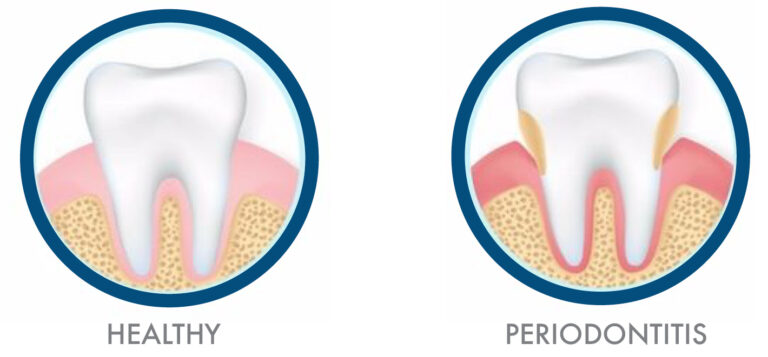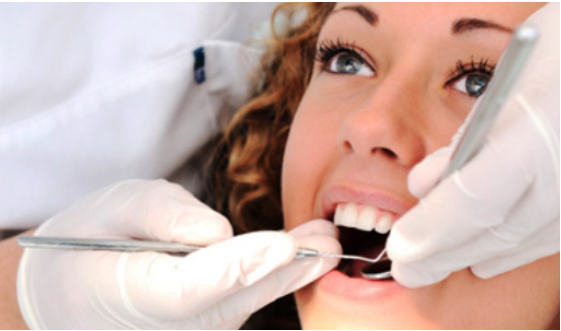PERIODONTOLOGY
IMPLANTOLOGY
What is a periodontist
Periodontist is a dentist who specializes and cares for the gum and bone tissue around the teeth. The Periodontist aims to restore periodontal health which is fundamental for the long-term maintenance of the teeth.
When do I need a periodontist
If you have noticed one or more of these signs/symptoms:
• bleeding gums when brushing your teeth or eating hard food
• red or swollen gums
• bad breath
• gum recession
• developing spaces between your teeth
• tooth mobility
or if you need a dental implant
What makes us susceptible to periodontitis
• genetics
• smoking
• diabetes (especially if poorly-controlled)
• obesity
• hormonal disorders
• certain medications (especially those affecting our immune system)
• genetics

What is gingivitis
Gingivitis is the inflammation of the gums caused by bacterial accumulation. Common symptoms are bleeding when brushing, redness and swelling of the gums.
Gingivitis is reversible with thorough brushing and regular professional dental care.
What is periodontitis
If gingivitis is allowed to progress it may lead to periodontitis which affects the supporting bone of the teeth. Since this does not usually cause any pain, it can remain undiagnosed and lead to tooth loss even if the teeth are otherwise sound.
Although periodontitis is a chronic, non-reversible disease, treatment aims in preventing further damage and saving as many teeth as possible for as long as possible.
So, the earliest the treatment the better the prognosis!

What does periodontitis affect
Besides tooth loss, uncontrolled periodontitis increases the risk for:
• Cardiovascular disease (stroke)
• Preterm or low-weight babies
• Respiratory problems
• Chronic kidney failure
• Osteoporosis
• Dementia
• Rheumatoid arthritis

What is peri-implantitis
Similarly to periodontitis, gums and bone around implants can also get infected and lead to implant complications or even implant loss.
Patients with poorly controlled periodontitis are also more susceptible to peri-implantitis.

What does periodontitis treatment involves
Treatment aims at reducing the bacterial load above and below the gum tissue in order to resolve the inflammation, avoid further damage and save as many teeth as possible for as long as possible. <br>
Treatment is carried out painlessly under local anaesthetic, using high technology materials and equipment like loupes and specialised scalers.<br>
Up to 6 sessions may be required for treatment completion and in more severe cases the use of adjunctive antimicrobials may be indicated.
In other cases, lost bone and gum tissue can be regenerated with specific surgical techniques.
Don’t forget!
Regular professional care is necessary after the treatment in order to maintain the outcome and avoid a relapse.
Treatment success depends mainly on patients’ thorough and long-term home care!
Did you know that...
• Over half the population has some form of gum disease, often without knowing!
• Gum disease can only be completely treated if diagnosed early enough!
• Smoking masks gum bleeding, thus many smokers may have gum disease without realising it!
